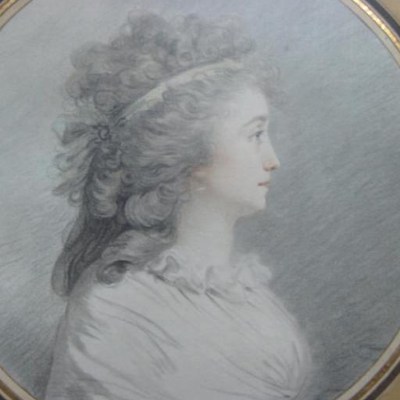Our daily round-up of news from the art world
Suspected poisoning of Pussy Riot member | The BBC reports that Pyotr Verzilov, a member of anti-Kremlin group Pussy Riot, has been taken into hospital after allegedly becoming seriously ill following a court hearing for fellow member Veronika Nikulshina on 11 September. Nadezhda Tolokonnikova, Verzilov’s wife – another key member of the activist group – tweeted yesterday: ‘Pyotr may have been poisoned. In the toxicology department in a very serious condition.’ The Russian platform Meduza has reported that Verzilov lost his sight, speech and mobility. The 30-year-old remains in intensive care at Bakhrushin Hospital in Sokolniki, Moscow.
Dubai private equity firm bows out of Art Dhabi sponsorship | Art Dhabi has announced that it will not be renewing its partnership with the private equity firm Abraaj Group, the fair’s most generous sponsor since its establishment in 2007 and the patron of the annual Abraaj Group Art Prize since 2009. The termination comes after the group’s founder Arif Naqvi was accused of misusing investor money, causing the firm to liquidate in June. According to The Art Newspaper, the fair is now searching for new corporate patronage while Abraaj, under court supervision, must repay $1bn worth of debt.
Nazi-stolen Renoir painting returned to Jewish collector’s descendent | The Nazi-looted painting Deux Femmes Dans Un Jardin (1919) by Pierre Auguste Renoir has been returned to Sylvie Sulitzer, the granddaughter of the Jewish art collector Alfred Weinberger. The oil painting went missing in 1941, after Weinberger had placed his collection in a Parisian bank vault during the Nazi occupation of France. According to reports, it travelled to South Africa, London and Switzerland before it was located at a Christie’s New York auction in 2013. According to Sulitzer, there are reportedly four other missing Renoirs from her grandfather’s collection.
Earliest known drawing found in South African cave | The Guardian reports that archaeologists have found a man-made, cross-hatch design on a fragment of rock in Blombos, South Africa, estimated to be around 73,000 years old. Francesco d’Errico a member of the research team from the University of Bordeaux confirmed in a statement that ‘this is the first known drawing in human history,’ after extensive microscopic examinations proved that the drawing was made with ochre crayon. Previously, the oldest drawings were believed to exist on the cave walls of El Castillo in Spain and Maros in Sulawesi, Indonesia.



